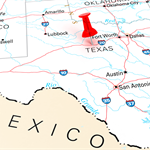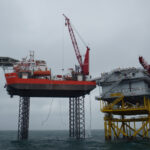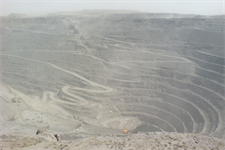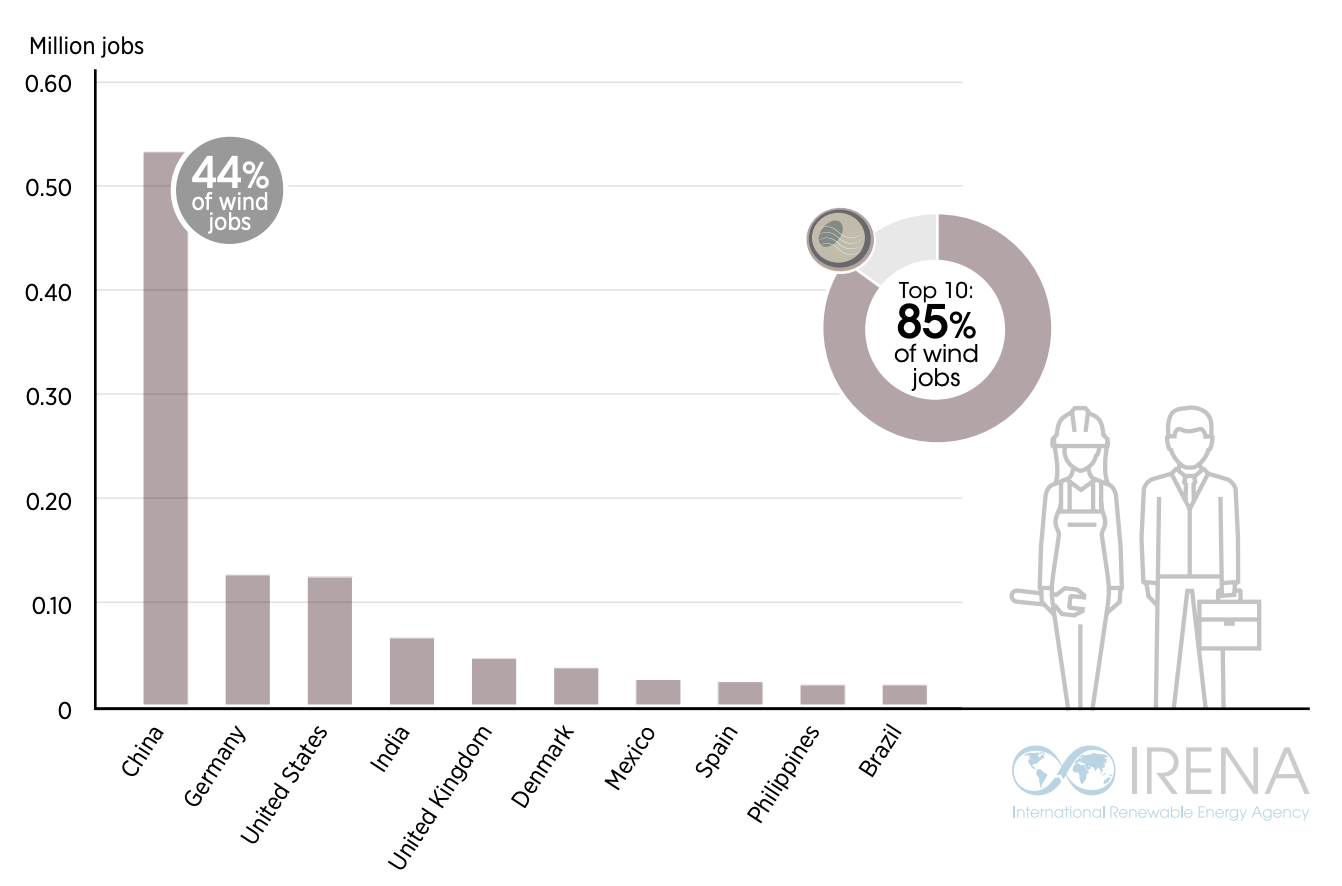Norway to resume new onshore wind farm licensing after three-year break
Energy Disrupter
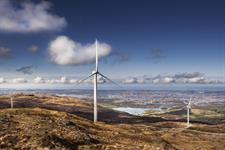
Norway is set to resume licensing for new onshore wind farms – limited to municipalities willing to accommodate the projects – following a three-year break.
The process for approving new onshore wind farms was paused in 2019 due to local opposition to development.
But in June 2021, the country’s ministry of petroleum and energy wrote to the regulator, the Norwegian water resources and energy directorate (NVE), requesting it to resume licensing for onshore wind farms if developers had already submitted an environmental impact assessment and if host municipalities request it. However, new wind farms were not included in this.
Norway’s energy ministry, under a government newly elected in September 2021, has written to NVE requesting that new wind farms should be included where host municipalities agree to it.
In its letter to the NVE, the energy ministry recommended that wind farm developers should start planning a project in dialogue with the municipality and should include a plan for allowing neighbours and other interested parties to take part in the licensing process.
Sami peoples – which are the indigenous people of northern Norway, Sweden and Finland – should also be involved in all stages of the process for wind farms in Sami areas, the ministry wrote.
Grid connection must also be considered at an early stage and impacts on the environment, neighbours and other activities “must be described clearly and emphasised stronger than before”, the ministry added.
Clearer licensing conditions, including setback distances and maximum tip heights, will be established early on in the licensing process, according to the letter.
The Norwegian wind industry welcomed the move. Øistein Schmidt Galaaen, director of Norwegian wind energy association, Norwea, told Windpower Monthly it was a “very wise and welcome move”.
He added: “Our members want to develop projects and there are municipalities that want stricter processes where NVE can hold public consultations.
“The halt in permitting processes has been necessary given the increase in resistance to wind power in Norway, but major reforms are on the way, and now municipalities can start the process of learning more about possible benefits – as well as any disadvantages – with projects in a structured manner.”








